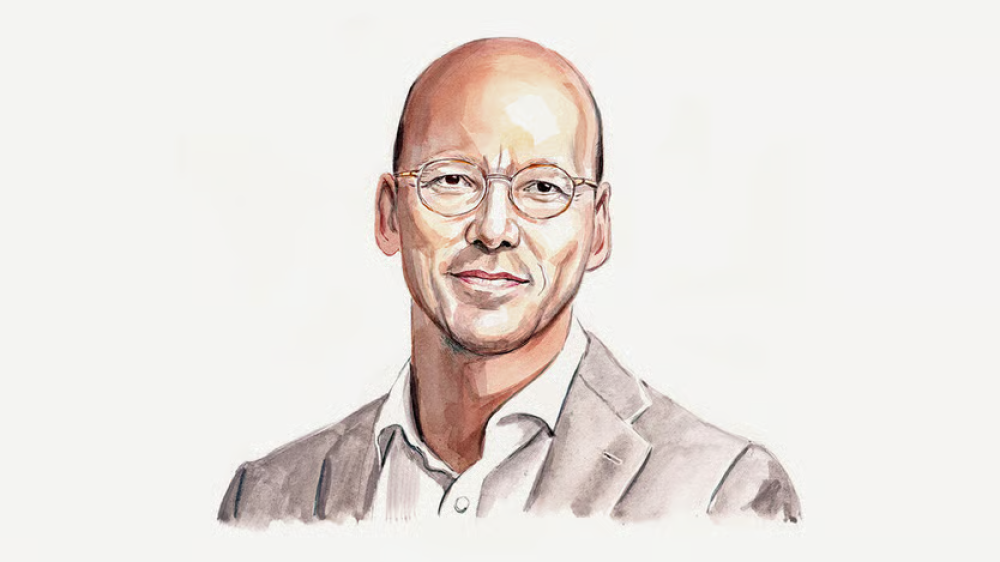LEADERS OF NATO countries are preparing for tectonic shifts in geopolitics and technology. For European allies, this should be a turning point—when they reset their defence posture to shape, rather than react to, the future of warfare. But only through marrying increases in defence spending with leadership in cutting-edge technologies can Europe achieve the “industrial renaissance” called for by NATO’s secretary-general.
Europe has come a long way. It is poised to outspend America on defence this year. Most European allies are moving towards core defence spending of 3.5% of GDP. But Europe lacks a strategic technological concept to guide how the money is used.
For decades America has used “offset strategies”—leveraging technology to maintain military supremacy when outmatched in other ways, including numerically—in support of its geopolitical objectives. It now intends to focus increasingly on China, recent events in the Middle East notwithstanding, and is racing for supremacy in artificial intelligence (AI). As a result, it has pivoted towards a new defence-tech-industrial base that includes large AI labs and a new breed of defence-tech companies such as Palantir and Anduril.
Europe, meanwhile, remains preoccupied with Russia and grounded in a faulty cold-war logic, where deterrence is equated to matching adversaries’ forces: ships, jets, tanks, missiles and warheads. Russia is good at mass-producing such things, Europe less so. If it runs Russia’s race, it will lose.
America is doubling down on the AI offset, convinced that future advantage will come from AI-enabled systems that not only out-sense and out-decide adversaries, but can also overwhelm them with “autonomous mass”, such as affordable yet capable drone swarms. Europe, meanwhile, clings to its old platforms and ways of fighting. Despite all the talk of lessons from Ukraine and the rise of drone warfare, there remains a chasm between what European allies are planning to spend and what their NATO “capability targets” imply they should.
Unless that gap closes, fast, Europe won’t be able to deter Russia, let alone reinvigorate its industrial base and achieve strategic autonomy. Europe must stop treating AI as a novel tool for back-office productivity and start deploying it as a crucial battlefield weapon.
This requires a strategic rethink of the kind last seen with the advent of nuclear weapons. The AI race is, however, accelerating much more quickly than the nuclear one did. The barriers to entry are low and falling. The Chinese DeepSeek model, a project that can almost match the performance of OpenAI’s GPT-4, shows how quickly unexpected breakthroughs can occur. And unlike the tech race during the cold war, there are no exclusive clubs, clear thresholds or red lines. An unanticipated leap in autonomous targeting, drone swarms or satellite surveillance could tip the balance before governments can respond.
Europe cannot afford to sit this out. It needs its own Manhattan Project for AI defence. It would not cost the Earth: the original American effort to achieve nuclear deterrence and build a platform to deploy it cost the equivalent of €75bn ($88bn) today—less than a fifth of Europe’s combined defence budget for 2024 alone.
Unlike its cold-war American precursor, such a European effort should not be the secretive preserve of government. Applied AI research happens almost exclusively in the private sector. Its deployment for national security will require public-private collaboration, just like the partnerships that are flourishing in America.
This collaboration should concentrate on four areas.
The first is to achieve drone mass. Ukraine is proving the concept on Europe’s front line. Now it must be applied to NATO’s eastern flank. Europe must deploy its own autonomous mass if it is to successfully counter Russia’s brutal use of “human mass” and deter its further aggression.
The second is to dominate the air with AI-enabled uncrewed combat aerial vehicles (UCAVs). Fighter jets are costly and vulnerable. UCAVs, deployed in numbers, offer a more scalable path to air superiority.
The third is to illuminate the depths of the seas. Large-scale deployment of AI-enabled sensors would make it possible to deny adversaries stealth in submarine warfare and stop them sabotaging critical underwater infrastructure.
The final priority should be space. Europe must replace its fragmented and ageing constellation of satellites. It needs a truly sovereign, AI-enhanced surveillance and targeting system that allows European allies to identify and neutralise threats in real time.
These are not speculative concepts—they are already shaping conflicts. America, China and regional powers including Israel are making big investments. Europe is falling behind, not due to lack of capability but because of conceptual inertia and bureaucratic fragmentation.
This is not a call for reckless militarisation of AI. Democratic leadership is needed more than ever to guide the development of AI in ways that are legal and ethical. But leadership requires capability. If Europe doesn’t set the terms for defence AI, its adversaries will. Restraint without relevance is just weakness.
The time is right for Europe’s more determined and farsighted governments to pool resources and invest in the most operationally relevant AI capabilities. This would strengthen NATO’s deterrence posture and restore Europe’s credibility.
If, however, they fail to lead this transformation, the continent risks becoming dependent on technologies and decisions made elsewhere. European forces will deploy using algorithms they did not build, acting on commands they do not control. They may be defeated by the very same warfare-defining technology denied to them by European policymakers’ lack of vision and urgency.
This need not be the case. World-class European talent in AI has driven many American tech giants’ AI labs. What Europe’s tech base has lacked is the funding and direction to apply its innovation beyond research. That must change quickly if the continent is to protect itself, and its values. Europe has the brains. It has the budgets. It now needs the boldness to combine them. ■




